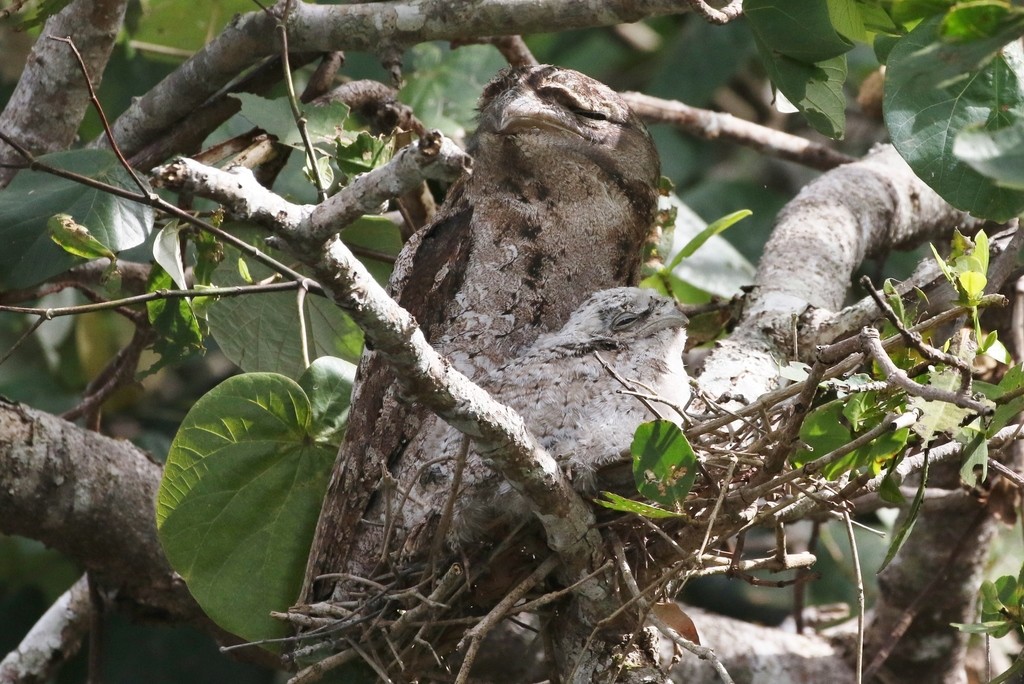Papuan Frogmouth
A species of Australo-papuan Frogmouths Scientific name : Podargus papuensis Genus : Australo-papuan Frogmouths
Papuan Frogmouth, A species of Australo-papuan Frogmouths
Botanical name: Podargus papuensis
Genus: Australo-papuan Frogmouths
Content
Description General Info
 Photo By silversea_starsong , used under CC-BY-NC-4.0 /Cropped and compressed from original
Photo By silversea_starsong , used under CC-BY-NC-4.0 /Cropped and compressed from original Description
The Papuan frogmouth is the largest of frogmouths in terms of length. Average sizes indicate that it only falls behind the Neotropical great potoo and oilbird (if the latter is a true member of the order) among the largest species in the order Caprimulgiformes. On average these birds are about 53 cm (21 in), with a range of 50 to 60 cm (20 to 24 in). This species was found to average 414 g (14.6 oz) in males and 314 g (11.1 oz) in females, with a total range of 290 to 570 g (10 to 20 oz). The tawny frogmouth is smaller on average than this but is capable of reaching higher maximum weights. The Papuan frogmouth has a bulbous bill, red eye, cream eyebrow, long tail and dark wings. The male of the species is slightly larger, darker and marbled in appearance. The female is more rufous in appearance. P. p. baileyi is smaller, and darker. P. p. rogersi is larger and paler. Similar species include the tawny frogmouth. The Papuan frogmouth is larger, has red eyes, a longer tail, and darker wings. 
Size
60 cm
Nest Placement
Tree
Feeding Habits
Papuan Frogmouth feeds nocturnally, primarily on large insects, occasionally consuming small reptiles, amphibians, or birds. It utilizes a unique substance to attract prey, often catching flies lured by the secretion in its open mouth.
Habitat
Papuan Frogmouth thrives in a variety of mixed habitats, primarily in subtropical and tropical regions. Its environments span from dense lowland forests to savannas, as well as the edges of rainforests and disturbed woodlands. Adaptability allows papuan Frogmouth to reside from sea level to highland regions at 2250 meters, prospering among tree clusters and shrubs, including human-altered areas like urban gardens.
Dite type
Frugivorous
General Info
Feeding Habits
Bird food type

Fruit
Distribution Area
It is found in the Aru Islands, New Guinea, and Cape York Peninsula. This species' natural habitat is subtropical or tropical, moist, lowland forests. 
Species Status
Not globally threatened.
Scientific Classification
Phylum
Chordates Class
Birds Order
Nightjars and Relatives Family
Frogmouths Species
Papuan Frogmouth